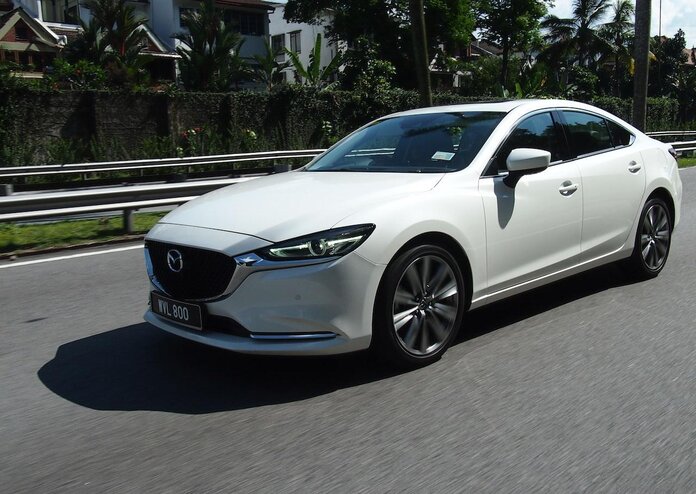One of the most important concepts behind every modern Mazda is ‘Jinba-Ittai’, or the ‘oneness between horse and rider’. The engineers at Mazda work tirelessly to tune their cars to be as responsive and predictable as can be. Along the way, they realised a tiny problem that most drivers had.
When entering a corner, the average driver will subconsciously misjudge how much steering input is necessary for a smooth turn, especially if the car is accelerating. This is because under acceleration, the car pitches backward, putting less weight over the front tyres and reducing grip.
Most drivers will then overcompensate by steering even more than necessary halfway through a corner. And usually this ends with the driver finally backing off the accelerator at the end of the corner. Not only is this a poor way to carve through a corner, but it’s also quite jarring for passengers in the car.
Noticing this, Mazda worked on a solution which they now call ‘G-Vectoring Control’ or ‘GVC’.
With GVC, the moment the driver turns the steering wheel, the engine reduces its output ever so slightly. It’s almost unnoticeable, but because there’s a reduction in power, the car pitches forward and transfers weight onto the front tyres.
This simple but effective system is great for everyone in the car. Drivers will feel less fatigued after long distance trips and have a more direct connection with the vehicle. Passengers, on the other hand, feel less discomfort as there are fewer steering adjustments being made through corners.
GVC may not sound like game changing technology. But like many of Mazdas innovations, it’s subtle and sets their cars apart in a meaningful way.
